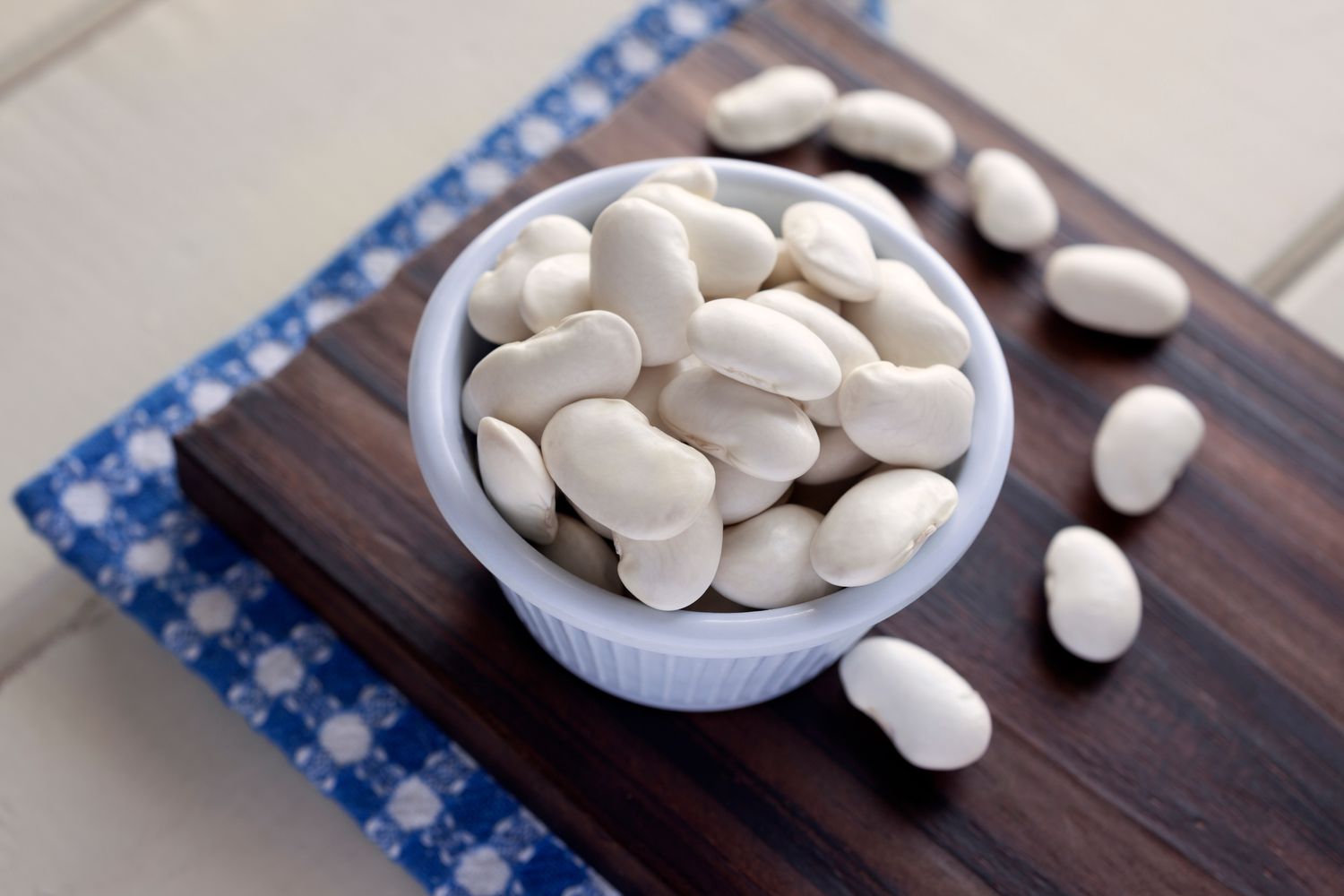Butter beans, also known as lima beans, are a beloved legume prized for their creamy texture, mild flavor, and nutritional benefits. These plump, kidney-shaped beans have been cultivated for thousands of years and are enjoyed in various cuisines around the world. Let’s embark on a culinary journey to discover the delights of butter beans, from their origins to their diverse culinary applications and health advantages.
Origins and Varieties:
Butter beans belong to the species Phaseolus lunatus and are native to Central and South America. They come in different varieties, including baby lima beans, large lima beans, and Fordhook lima beans, each offering its own unique characteristics in terms of size, texture, and taste. While some prefer the tender, small-sized baby lima beans for their delicate flavor, others favor the heartier, larger beans for their robust texture.
Culinary Applications:
Butter beans are incredibly versatile and can be incorporated into a wide range of dishes, both savory and sweet. In Southern cuisine, butter beans are a staple ingredient in hearty soups, stews, and succotash, where their creamy consistency adds richness and depth of flavor. They also shine in casseroles, salads, and vegetarian mains, complementing other ingredients such as corn, tomatoes, and greens.
Internationally, butter beans feature prominently in Mediterranean and Middle Eastern cuisines, where they are used in dishes like ful medames (a traditional Egyptian breakfast dish), Greek gigantes plaki (giant beans baked in tomato sauce), and Italian minestrone soup. Their versatility extends to dips and spreads, with butter bean hummus being a popular alternative to chickpea-based hummus, offering a smoother texture and milder taste.
Nutritional Benefits:
Butter beans are not only delicious but also nutritionally dense, making them a valuable addition to a balanced diet. They are an excellent source of plant-based protein, fiber, and essential nutrients such as folate, magnesium, and potassium. The fiber content in butter beans supports digestive health, regulates blood sugar levels, and promotes satiety, making them a nutritious choice for weight management and overall well-being.
Furthermore, butter beans contain phytonutrients and antioxidants that have anti-inflammatory and immune-boosting properties, contributing to long-term health and disease prevention. Incorporating butter beans into your meals can help diversify your nutrient intake and support a healthy lifestyle.
Cooking Tips and Considerations:
When cooking butter beans, it’s important to properly prepare them to ensure optimal flavor and texture. Dried butter beans should be soaked overnight to soften them and reduce cooking time. Alternatively, canned butter beans offer convenience and can be rinsed before use to remove excess sodium.
To enhance the flavor of butter beans, consider seasoning them with herbs, spices, and aromatics such as garlic, onion, and fresh herbs like thyme or rosemary. They also pair well with acidic ingredients like tomatoes, lemon juice, or vinegar, which help balance their creamy richness.
In conclusion, butter beans are a versatile and nutritious ingredient that deserves a place in every kitchen. Whether enjoyed in comforting soups, vibrant salads, or wholesome mains, butter beans offer a delightful culinary experience packed with flavor and goodness. So, next time you’re planning your menu, don’t forget to include these humble legumes and savor their wholesome goodness with every bite.
